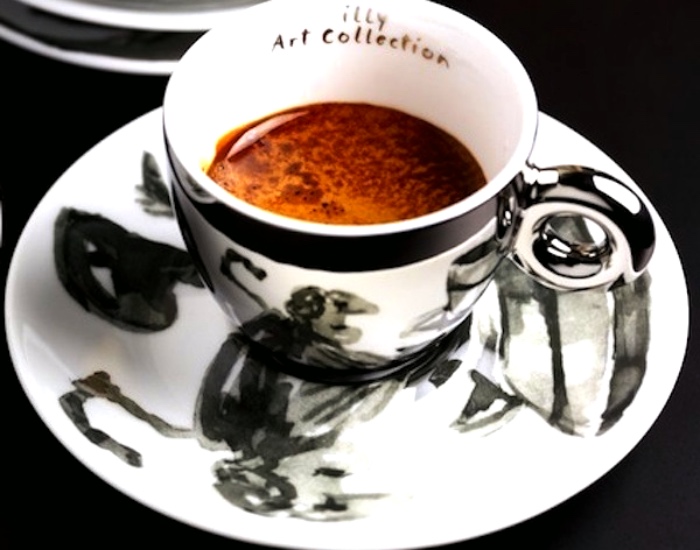
Things to know about Trieste – Square
5 Things to know about Trieste and its history
Things to know about Trieste. Trieste is a borderline territory leaning towards the sea, and has always been poised on the threshold of different cultures.
Its history began with some prehistoric settlements on Colle San Giusto. They would be the nucleus of the Roman city of Tergeste, whose remains can still be seen under the bell tower of the Cathedral.
5 things to know about Trieste and its history.

Things to know about Trieste – gulf
1.
Trieste was a place of flourishing trade during the Roman domination, in medieval time, when it was part of the Serenissima and until the Habsburg Empire, before it was annexed to the Kingdom of Italy. In the 18th century Trieste was granted status as a free port by Charles V and that period would mark a very prosperous era for the City.

Things to know about Trieste – Old port
2.
During the reign of Maria Theresa of Habsburg, the City underwent a transformation in city planning with the aim of improving its direct access to the sea. New buildings were erected and the seaport was reorganized: Trieste became an important point of reference for the naval industry.
SEE ALSO: The photos I took when I visited the Miramare Castle in Trieste.

Things to know about Trieste – Canal Grande
3.
Between the late 19th and the early 20th centuries Trieste’s urban development conveyed the maritime vocation of the city and was characterized by Austrian style and inspirations.
In addition, the city showed influences from various religions and cultures.

Things to know about Trieste – Serbian Orthodox temple
4.
Since the 18th century the Austrian policy granted a peaceful coexistence of various religions and cultures.
In 1782 Joseph II issued the Edict of Tolerance which granted religious freedom and a quiet development of those communities who worked in Trieste.
That’s why in Trieste you can see synagogues, Evangelical churches, medieval cathedrals, and Orthodox churches.

Things to know about Trieste – Illy coffe
5.
There’s a special relationship between Trieste and coffee.
Trieste is the site of the famous “Illy caffè” company. Coffee has been producing in Trieste for more than two centuries.
Stendhal, Italo Svevo, James Joyce and Umberto Saba used to spend their days sitting in cafés (coffeehouses), chatting and drinking their cup of coffee.
Many of those coffeehouses still exist along with their furniture, and allow us to turn back time.

Things to know about Trieste – San Marco caffè


stavo giusto programmando un viaggetto di qualche giorno per conoscere queste città!
Trieste ti incanterà e per certi versi non ti sembrerà neppure di stare in Italia, ma neppure all’estero. E’ una città di confine in tutti i sensi. Un confine dell’anima. Dopo averla vista capirai perché Italo Svevo e James Joyce si adattavano perfettamente a questo pezzo di “Italo Stivale” 🙂
grazie! spero che sia come dici. ho in programma di stare 3 o 4 giorni e oltre al centro vorrei vedere il castello di Miramare, prendere il tram per opicina ed eventualmente San Sabba.
Se riesci Elisabetta vai anche al Museo Revoltella, la casa del barone Pasquale Revoltella che lasciò a Trieste tutte le sue opere, gli arredamenti ed i libri che essa conteneva.
Tra gli artisti presenti troverai anche: Giovanni Fattori, Giuseppe De Nittis,Mario Sironi, Carlo Carrà, Giorgio De Chirico, Lucio Fontana, Francesco Hayez, … E’ un museo molto bello 😉
grazie della dritta….segnato!
ci sono stata e ora quoto in tutto quello che hai scritto…
Trieste in effetti appare diversa da tutte le altre che ho visitato e questo fa parte del suo fascino.
ho visitato il museo Revoltella su tuo consiglio…ne valeva la pena!grazie mille!
Mi fa un grande piace che il Museo Revoltella ti sia piaciuto 🙂
Trieste è un luogo d’Italia a sé.
Magica 😉